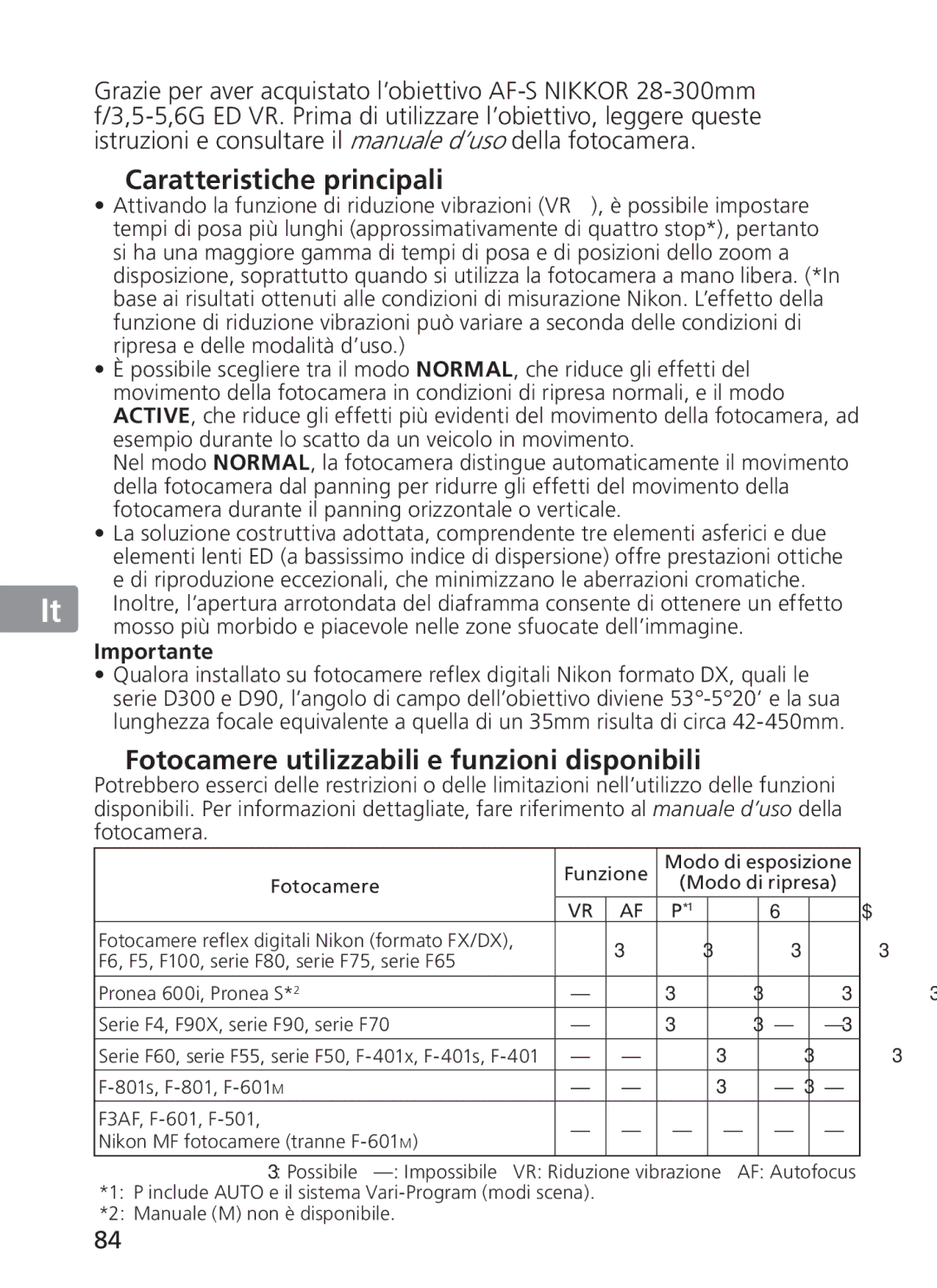2191 specifications
The Nikon 2191, also known as the Nikon D780, is a versatile and powerful DSLR camera that has been designed to meet the needs of both professional photographers and serious enthusiasts. As a successor to the popular Nikon D750, the D780 builds upon its predecessor's strengths while incorporating advanced features and technologies that enhance the shooting experience.One of the standout characteristics of the Nikon 2191 is its impressive 24.5-megapixel full-frame sensor. This sensor delivers outstanding image quality, with a remarkable level of detail, dynamic range, and color accuracy. The D780 is capable of producing stunning images, even in challenging lighting conditions, thanks to its native ISO range of 100 to 51,200, extendable to an incredible ISO 50 to 204,800.
The camera features Nikon's renowned EXPEED 6 image processor, which not only enhances image quality but also improves overall performance. This processor enables faster shooting speeds of up to 7 frames per second in continuous shooting mode with the optical viewfinder. When using live view mode, this rate increases to an impressive 12 frames per second, allowing photographers to capture fast-moving subjects with ease.
Focusing technology is another key highlight of the D780. It employs a 51-point AF system with 15 cross-type sensors, providing reliable and accurate autofocus performance. Additionally, the camera features a new hybrid autofocus system that combines phase detection and contrast detection for faster focusing in live view and video modes. With a focus sensitivity that reaches -4 EV, the D780 excels in low-light situations.
Video capabilities are also a strong point of the Nikon 2191, offering 4K UHD recording at up to 30 frames per second, as well as full HD recording at up to 120 frames per second for slow-motion footage. The camera provides several video options and features, including N-Log and HDR recording, giving videographers creative flexibility.
The D780's robust construction ensures durability and reliability in various shooting environments. It is designed with weather sealing to protect against dust and moisture, making it an ideal companion for outdoor photography. The camera also includes a tilting touchscreen LCD that provides intuitive control and easy access to settings.
In summary, the Nikon 2191/D780 is a powerful, feature-rich camera that excels in both photography and videography. With its full-frame sensor, advanced autofocus system, and outstanding video capabilities, it stands out as a top choice for photographers seeking a versatile and high-performance DSLR.
